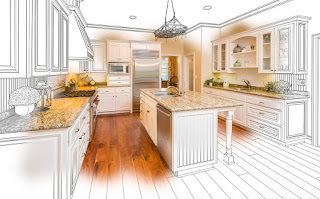Nearly every state in the U.S. requires that motorcycles being driven on public roads be insured, although the minimum amount of insurance coverage mandated may vary from state to state. Here in N.C., required liability coverage for motorcycles is the same as what's required for cars - 30/60/25. Bear in mind that this is strictly liability coverage, paying benefits only to third parties suffering losses in accidents for which you are held responsible. There is no requirement for motorcycle insurance of other types such as collision, medical or comprehensive, although it's highly recommended that you look into adding coverage other than your basic liability.
Driving your motorcycle without having at least the minimum liability coverage in force is illegal and can lead to penalties. If you allow your coverage to lapse, your insurance company is required to notify the State DMV, who will send you a notice (Form FS 5-7) requiring you to pay a fine and reaffirm your insurance coverage.
Failure to comply with the Form FS 5-7 within 10 days will cause your license plate to be suspended for 30 days. You'll then be subject to a fine, a service fee, a license plate fee and you'll need to submit proof of current insurance coverage in order to cancel your license plate suspension.
30/60/25
North Carolina's minimum liability requirements of 30/60/25 translate to $30,000 liability coverage against injury or death per person/per accident, $60,000 injury or death for all persons/per accident and $25,000 property damage per accident.
If you've ever been involved in a serious vehicle accident or know someone who has, you realize that these minimum liability amounts are inadequate protection and, with uncovered costs coming out-of-pocket, experts' recommendations that you purchase more than minimum amounts of liability coverage are well-founded.
It's also recommend that you carry more protection than basic liability coverage. Optional types of insurance coverage you may choose to consider include:
- Collision Coverage - pays for damages to
your motorcycle that's been involved in an accident.
- Comprehensive Coverage - pays for losses you
suffer regarding your motorcycle in situations other than an accident,
such as theft, vandalism, fire, hail or storm damage, etc.
- Uninsured/Under-insured
Motorist Coverage - pays for your injuries and/or bike damage when
the party held liable for your accident doesn't have adequate insurance to
cover those losses.


